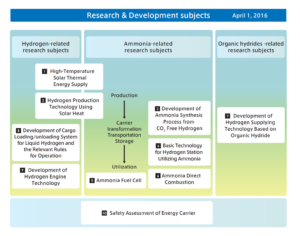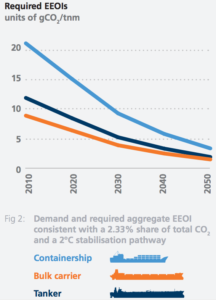Report from the European Conference: Ammonia-Fueled Gas Turbines
The ammonia-fueled gas turbine (A-GT) seems destined to become one of the key technologies in the sustainable energy economy of the future. Siemens AG, for one, features the A-GT in its vision for “Green Ammonia for Energy Storage and Beyond” and the demonstration system that the company is building at the Rutherford Appleton Laboratory in the U.K. Last month Ian Wilkinson, Siemens’ Programme Manager for the demonstration project, spoke about the project’s progress at the 1st European Power to Ammonia® Conference in Rotterdam in The Netherlands. Although he devoted a slide to the A-GT, the detailed perspective came from another presentation at the conference. This one was delivered by Dr. Agustin Valera-Medina, a Senior Lecturer at Cardiff University, one of Siemens’ main green ammonia collaborators.









